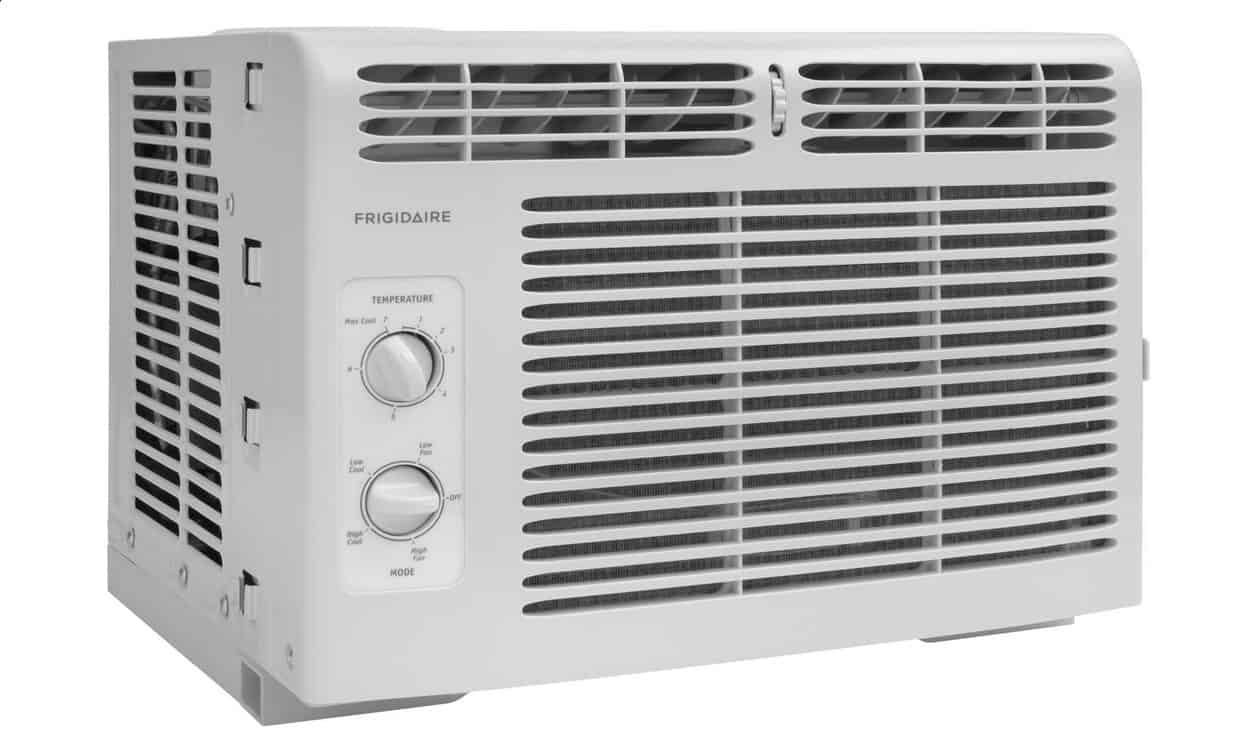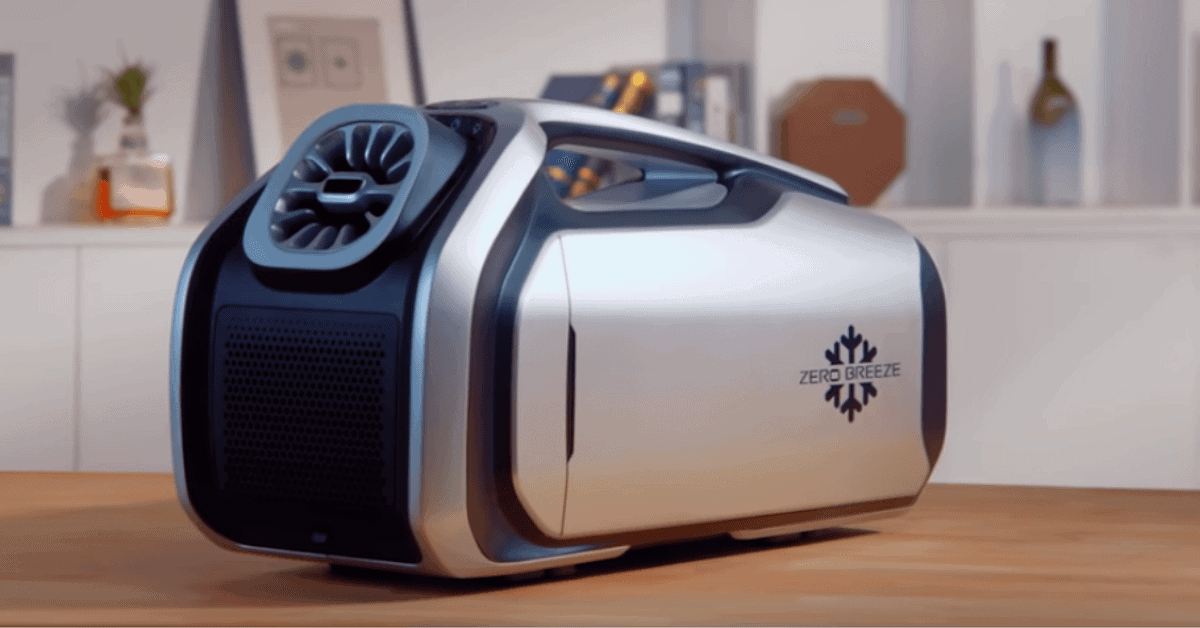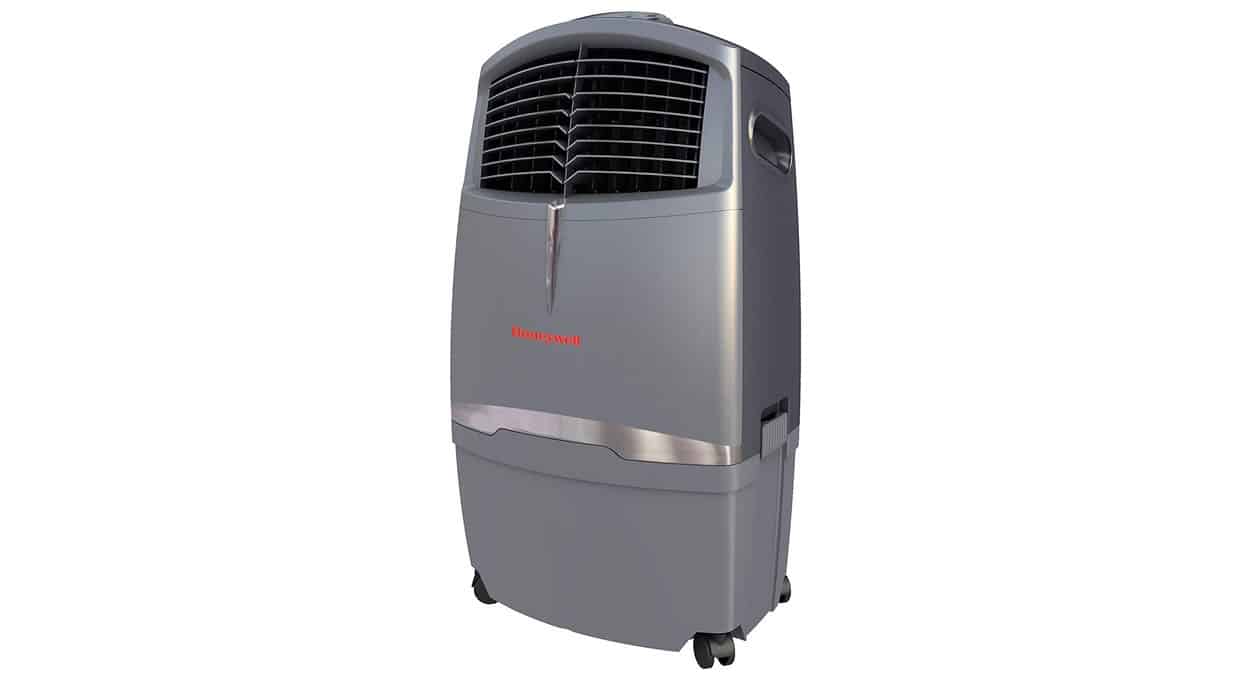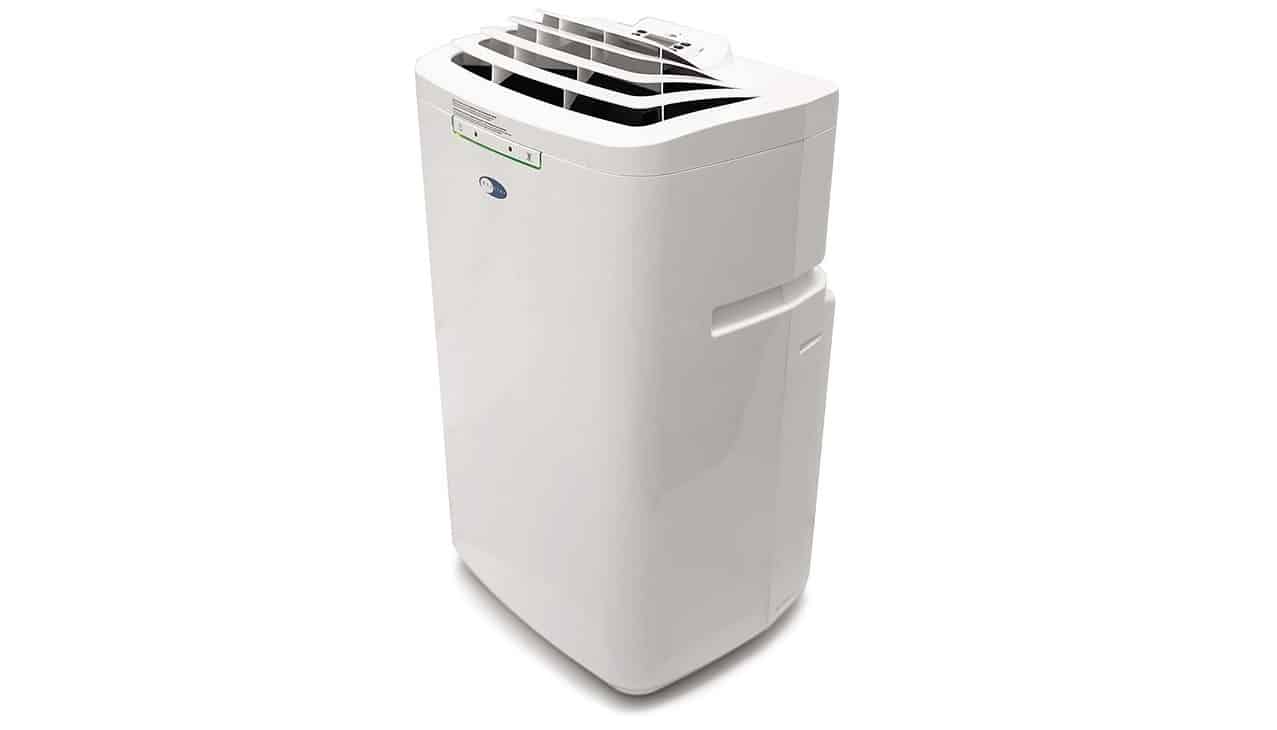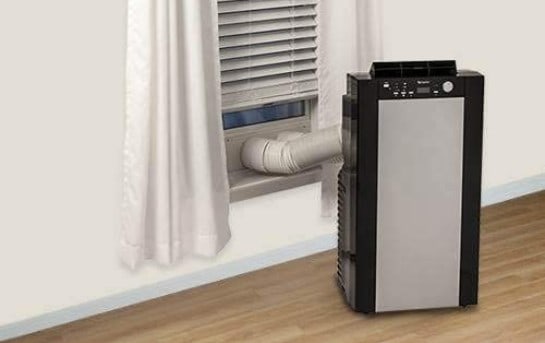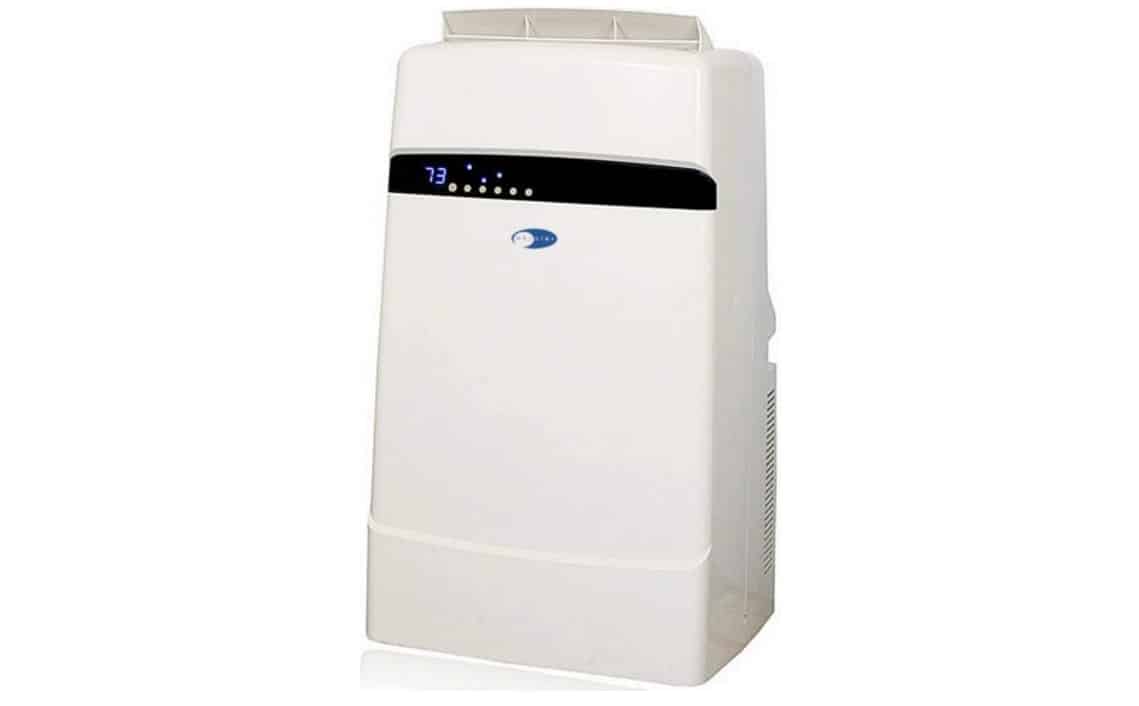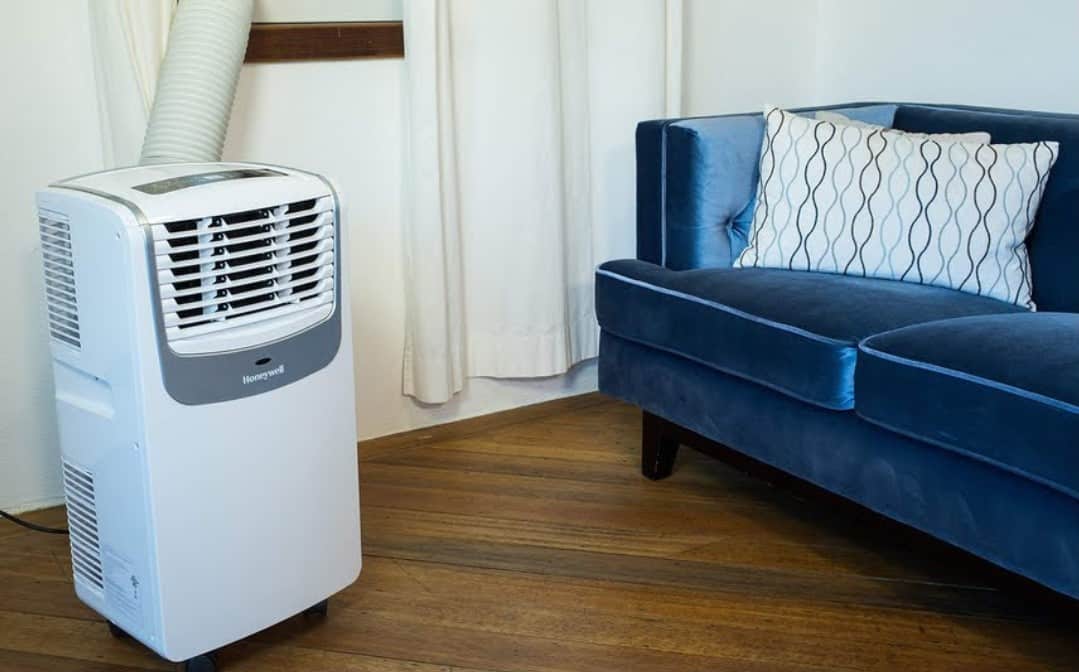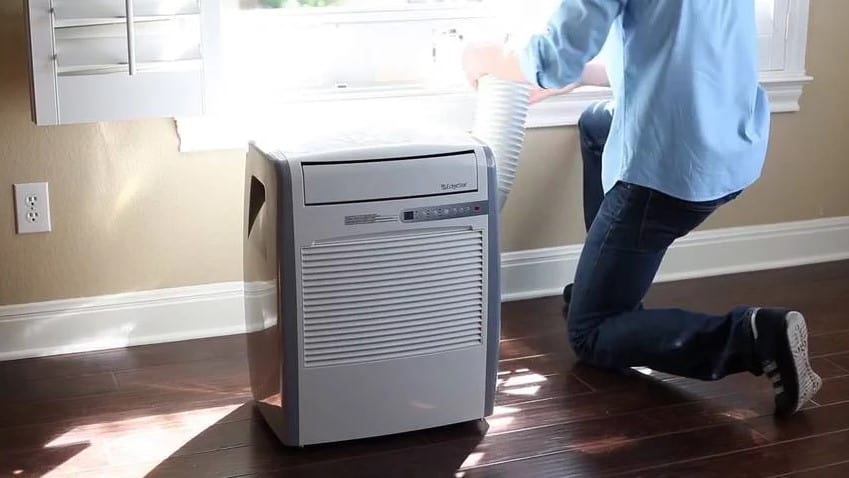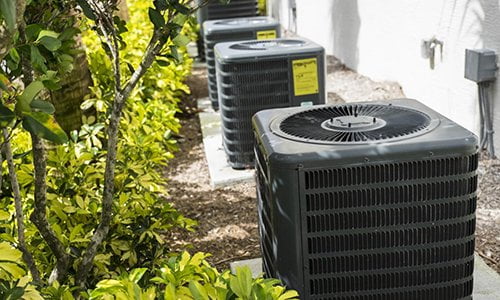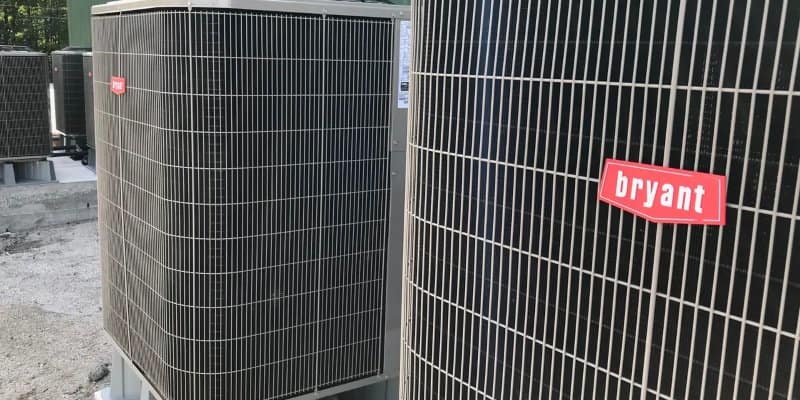If you are new to the world of indoor units for cooling, you may wonder how to install a central air conditioner. Some of the best air conditioners, after all, are central units. But, they can be a pain when you’re trying to find a leak in a central air conditioner. Maintaining a central air conditioner takes work and regular maintenance. And, if you want to make this air conditioner more efficient, you’ll need to make some major upgrades. So why choose a central air conditioner and how do you install it? Keep reading to find out.
KEY TAKEAWAYS:
- Installing a central air conditioning system is extraordinarily complicated and best left to professionals.
- Before contacting a pro, check out your current central air conditioning unit and jot down any relevant information to save on installation costs.
- Don’t purchase a new central air unit until consulting a pro so you know that it can integrate with your home.
Why Choose a Central AC?
Central air conditioning units send cold air throughout the home in one fell swoop. Unlike window units and portable air conditioners, or even slide-out chassis air conditioners, which only transmit cold air near their source location. Besides, you’ll also need to properly insulate around a window air conditioner. When constructing modern homes, most builders allow for comprehensive HVAC systems that include central AC units.
Insider Tip
Central air conditioning units can add a lot of money to your monthly utility bill costs, so come up with a budget plan.
How to Install a Central AC
These steps vary according to your make and model and the design of the AC itself if you are learning how to install a ductless split air conditioner, for instance. With that in mind, we have tried to keep these tips as universal as possible, noting that in most cases your best bet is to hire a professional installer.
STEP 1 Call a Pro
Full-home central AC units are extraordinarily complicated with plenty of moving parts and design options. In other words, unless you are an HVAC expert you should probably call in a qualified professional to discuss installation options. They will be well-versed in just about every set-up imaginable.
STEP 2 Make a Note of Current System
Before talking to any technician, you should jot down some information about your current system. Are you building a central heating and cooling system from the ground up or is there already ductwork in your home? A system with pre-existing ductwork is much easier to install than framing out and building a whole new duct system. Do you have an adequate location in the yard for the compressor and main system, or maybe you already have these components installed? All of this information is extremely valuable.
STEP 3 Get the Current System Ready for Replacement
If you have an AC unit already, prepare the current system for replacement. Learn how to install air filters and remove unused filters, if necessary, and clean all of the major components. If you have already purchased a new system, unbox it and separate all of the major components, as this will make it easier for the contractor to get started. Also, set aside some time if you want to be there for the installation.
F.A.Q.S
How does central AC work?
A central air unit includes many parts to function, such as an evaporator coil, heat pumps, air handlers, and more. Basically, the air comes in from the outside, is cooled, and then dispersed.
Where to find a central air conditioning unit?
You can find central AC units at a wide range of stores and marketplaces, though your contractor will be the best bet here.
Want to save money on your electric bill?
To maximize your seasonal energy efficiency ratio and cut down on energy costs, opt for an energy-efficient AC that adheres to Energy Star ratings while still offering a comfortable temperature.
STAT: The first step in installing a central air conditioner is for the contractor to perform a site survey. How old the house is, whether there is existing ductwork, and how big the air conditioner must be are all considered. (source)
REFERENCES:
- https://www.youtube.com/watch?v=gUcvFBCn9nE
- https://dandelionenergy.com/thinking-about-adding-central-ac-read-this-first
- https://americanhomewater.com/central-air-conditioning-installation/r
- https://jacobsheating.com/blog/how-much-does-ac-install-cost/
- https://www.energy.gov/energysaver/central-air-conditioning















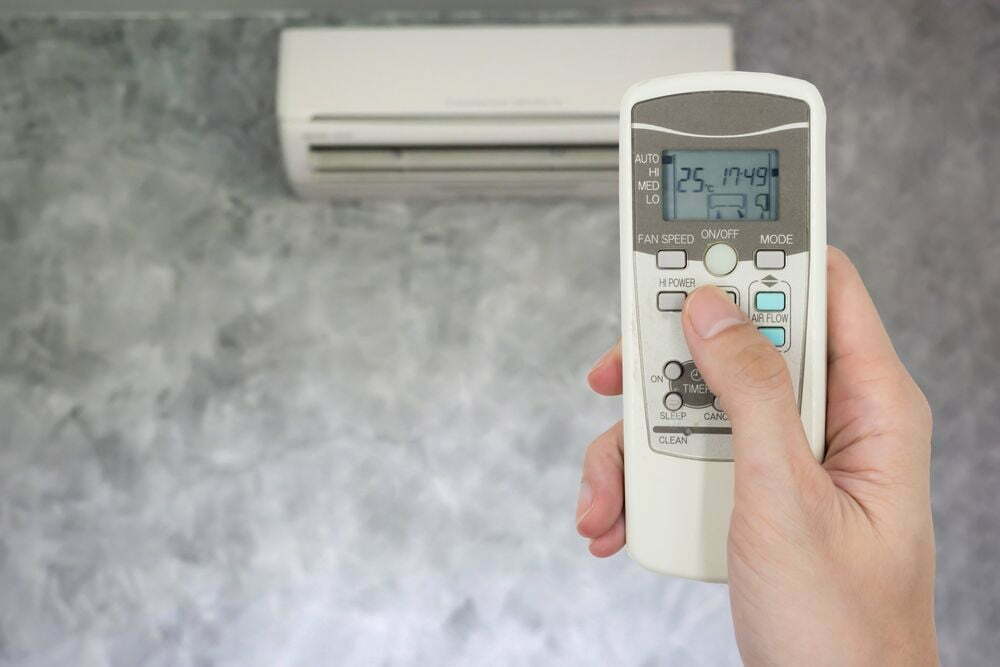




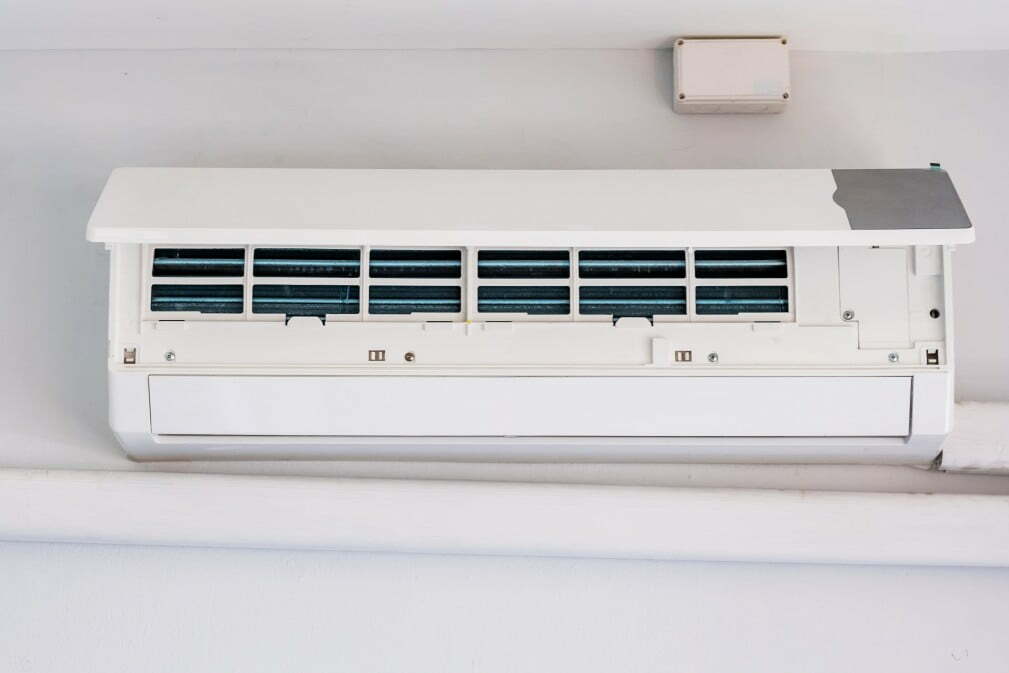
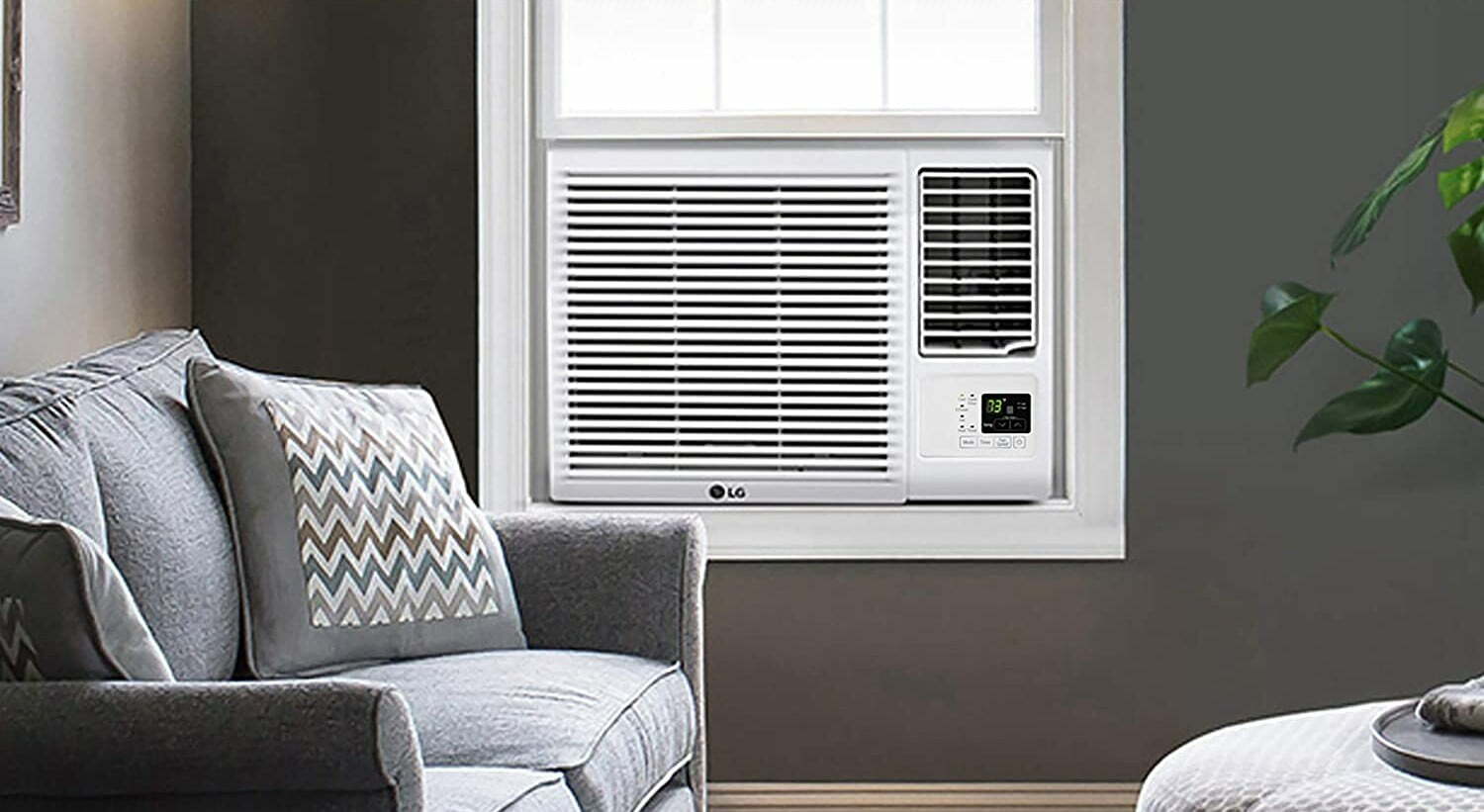
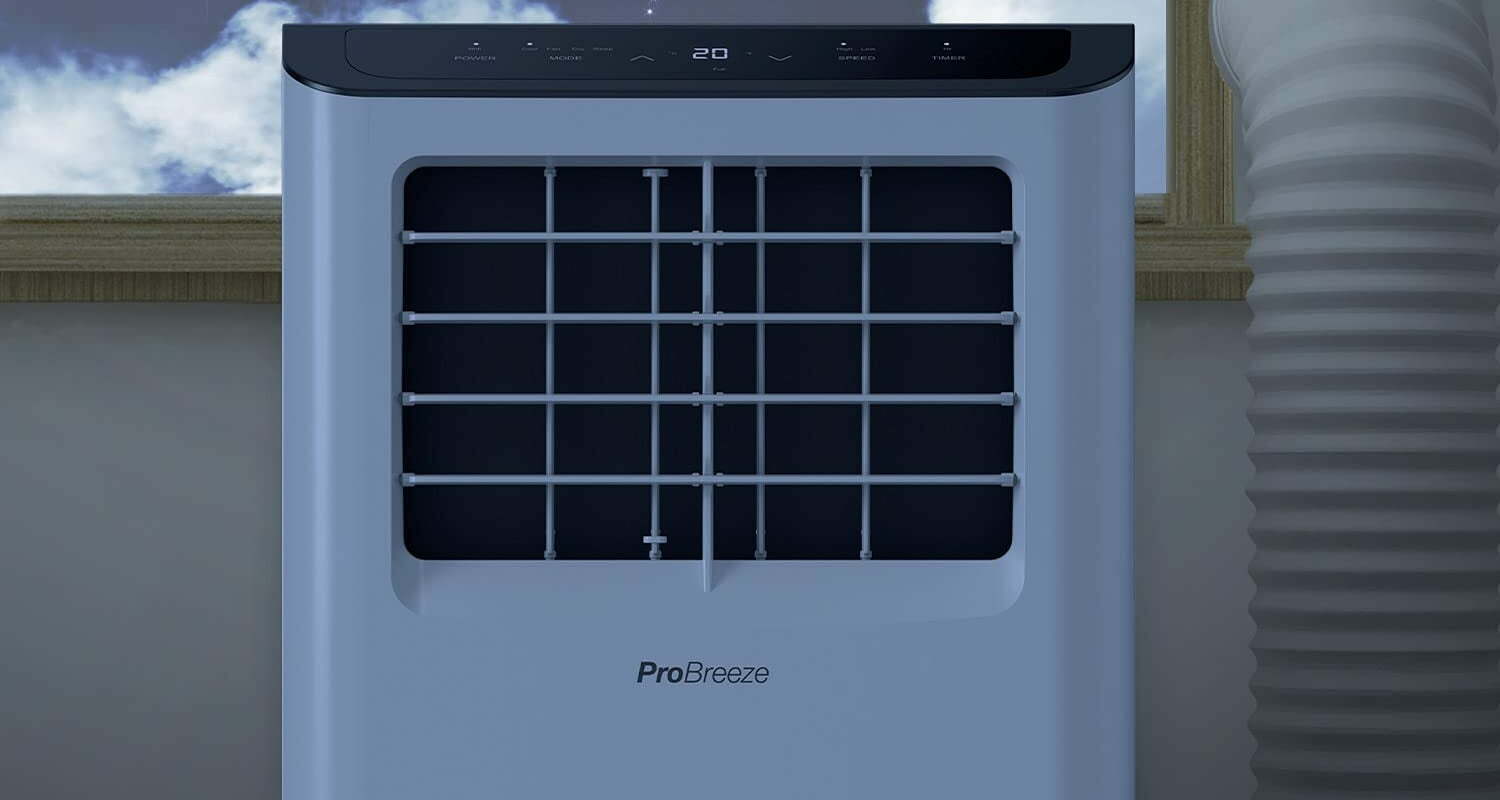

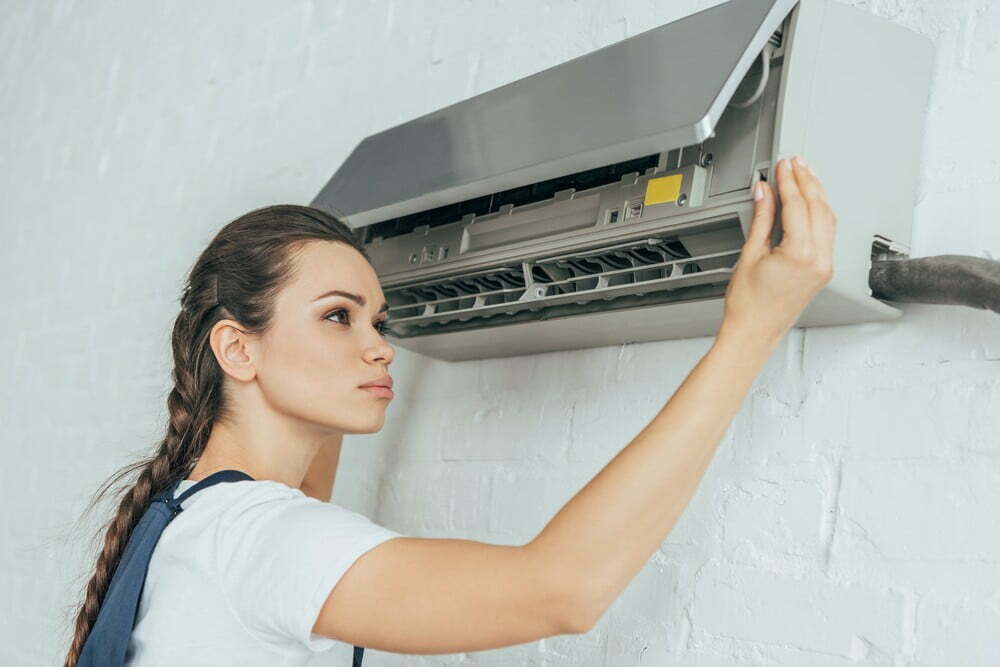
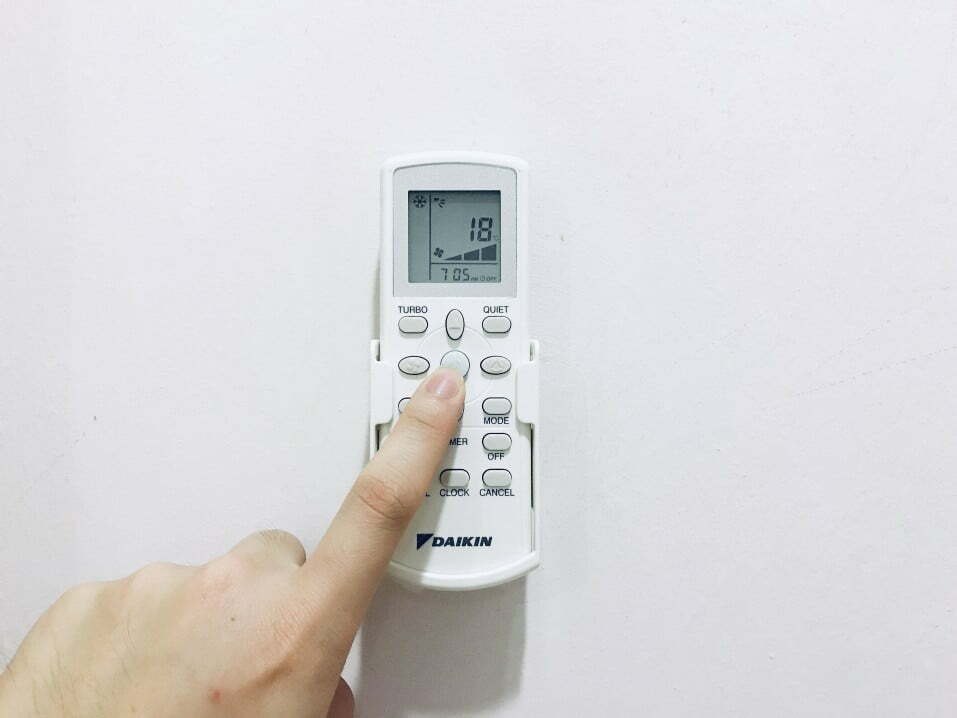
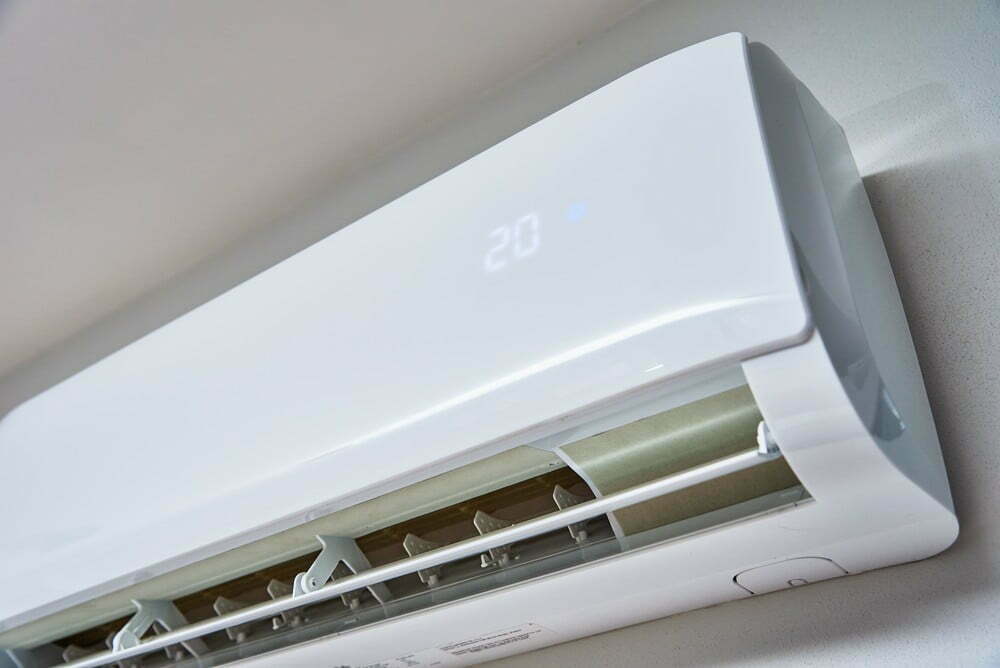

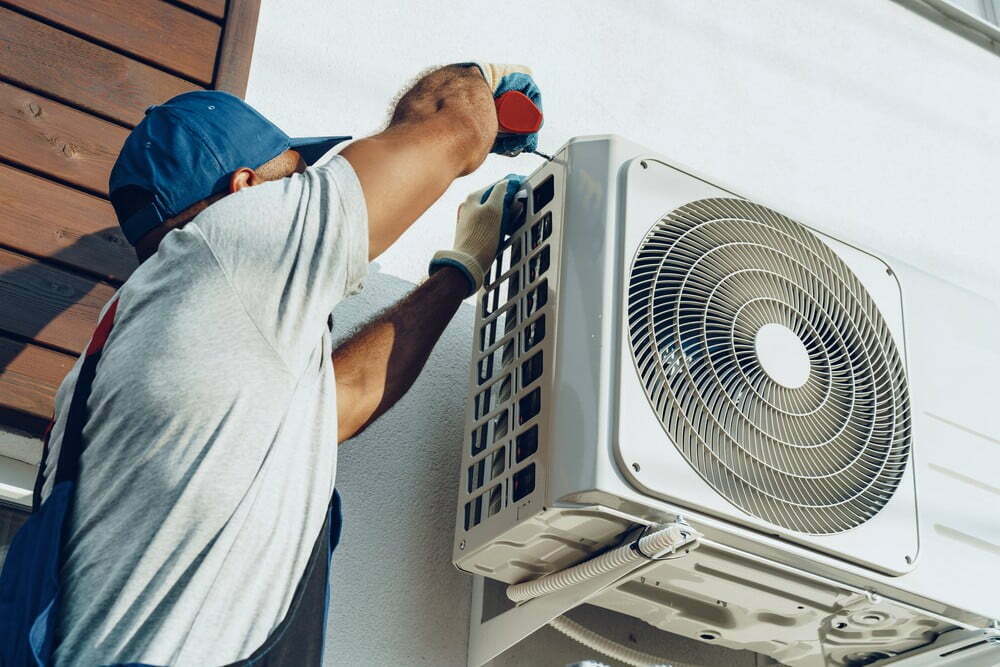

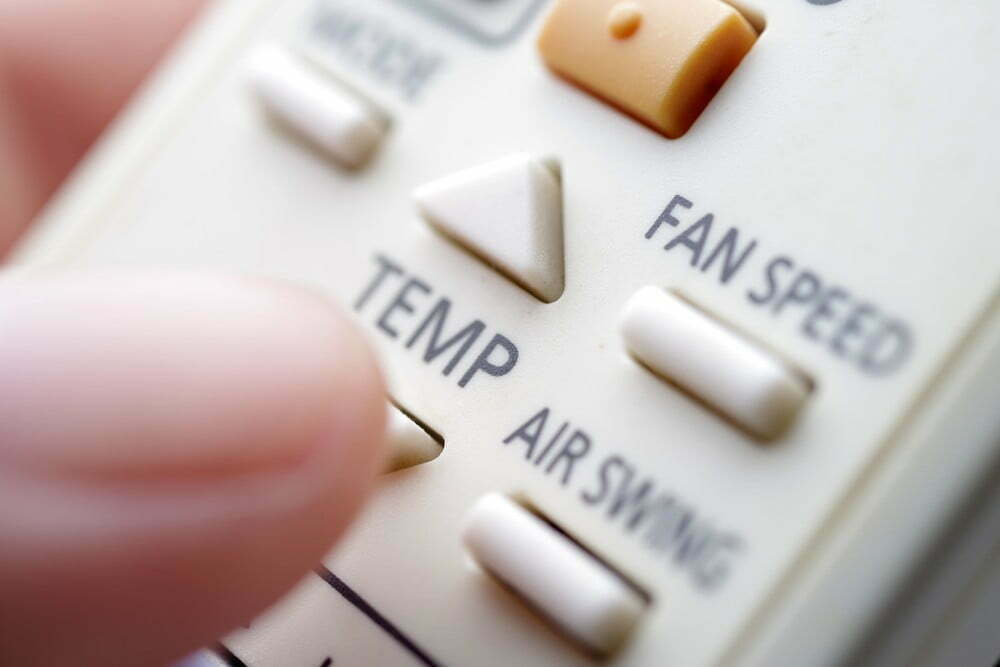

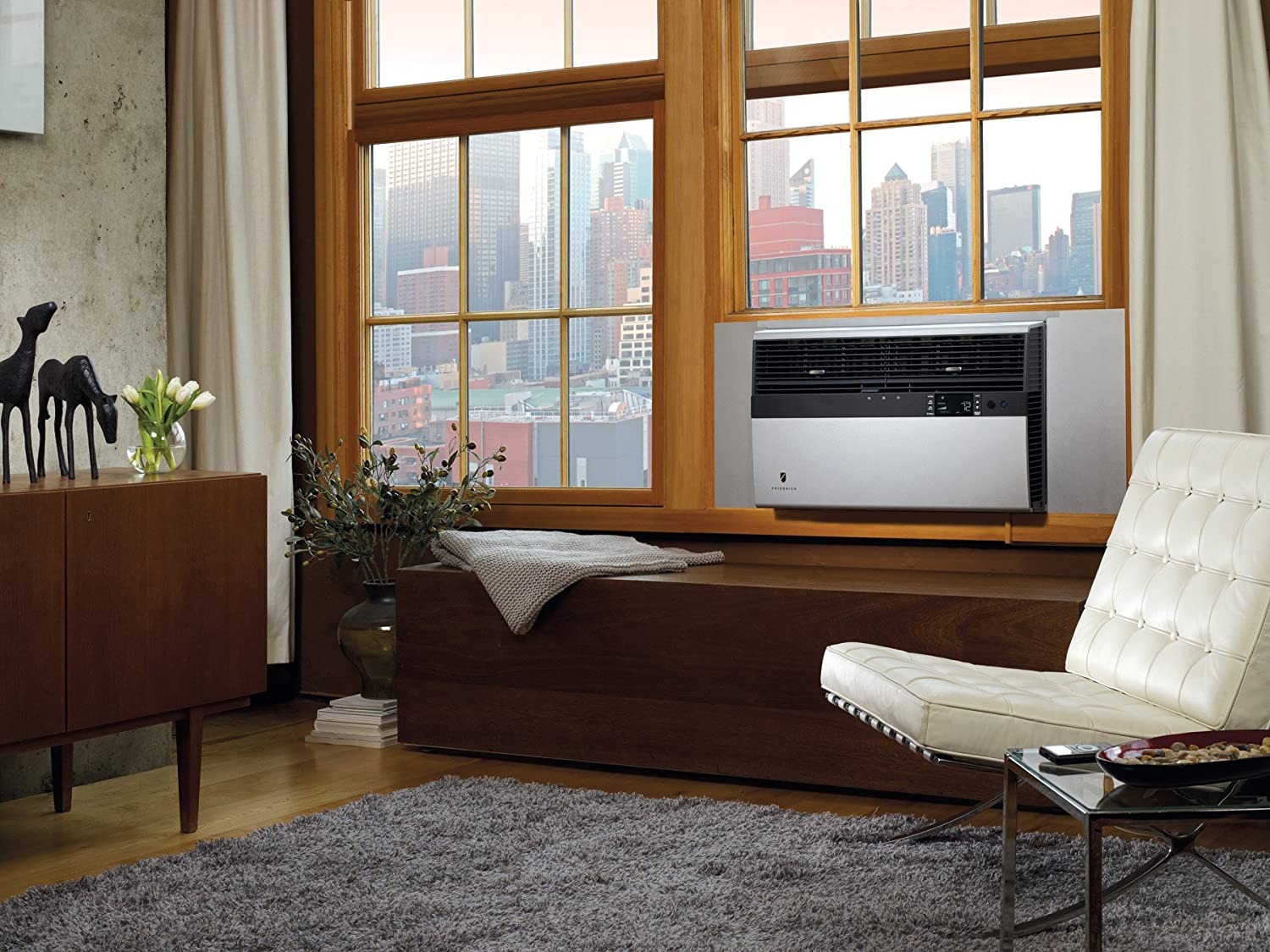

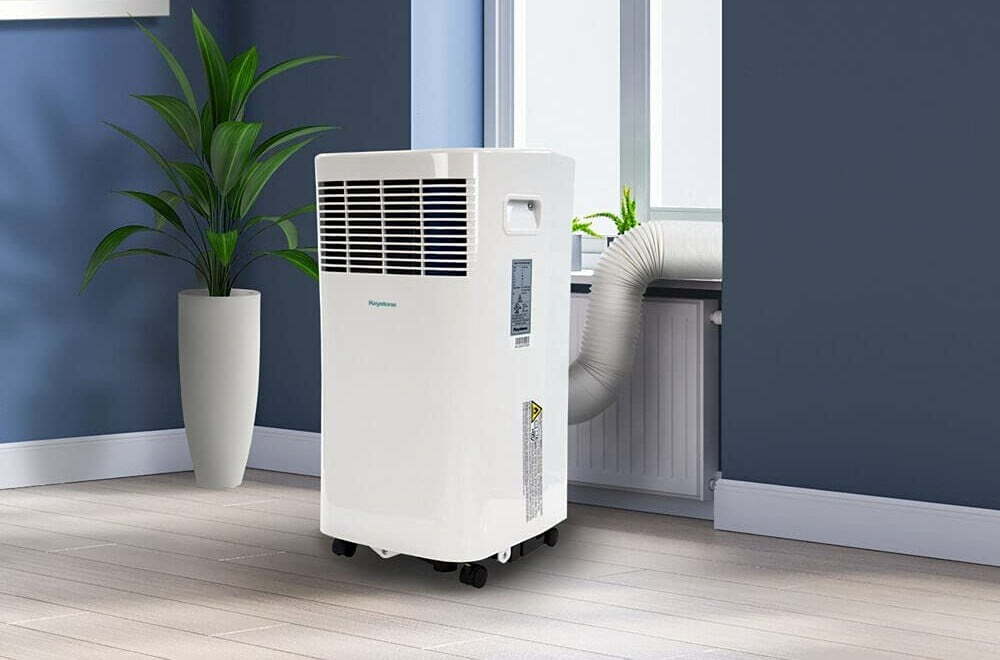
![Best Air Conditioners in [year] ([month] Reviews) 27 Best Air Conditioners in 2025 (December Reviews)](https://www.gadgetreview.dev/wp-content/uploads/best-air-conditioners-image.jpg)
![Quietest Through The Wall Air Conditioners in [year] 28 Quietest Through The Wall Air Conditioners in 2025](https://www.gadgetreview.dev/wp-content/uploads/quietest-through-the-wall-air-conditioner-image.jpg)
![Best 10000 BTU Air Conditioners in [year] 29 Best 10000 BTU Air Conditioners in 2025](https://www.gadgetreview.dev/wp-content/uploads/best-10000-btu-air-conditioner-image.jpg)
![Best 15000 BTU Air Conditioners in [year] 30 Best 15000 BTU Air Conditioners in 2025](https://www.gadgetreview.dev/wp-content/uploads/best-15000-btu-air-conditioner-image.jpg)
![Best 15000 BTU Window Air Conditioners in [year] 31 Best 15000 BTU Window Air Conditioners in 2025](https://www.gadgetreview.dev/wp-content/uploads/best-15000-btu-window-air-conditioner-image.jpg)
![Best 12000 BTU Air Conditioners in [year] 32 Best 12000 BTU Air Conditioners in 2025](https://www.gadgetreview.dev/wp-content/uploads/best-12000-btu-air-conditioner-image.jpg)
![Best Photocatalytic Oxidation Air Purifiers in [year] 33 Best Photocatalytic Oxidation Air Purifiers in 2025](https://www.gadgetreview.dev/wp-content/uploads/best-photocatalytic-oxidation-air-purifier-image.jpg)
![Best Ventless Portable Air Conditioners in [year] 34 Best Ventless Portable Air Conditioners in 2025](https://www.gadgetreview.dev/wp-content/uploads/best-ventless-portable-air-conditioner-image.jpg)
![Best Window Air Conditioners with Heat in [year] 35 Best Window Air Conditioners with Heat in 2025](https://www.gadgetreview.dev/wp-content/uploads/best-window-air-conditioner-with-heat-image.jpg)
![Best Inverter Air Conditioners in [year] 36 Best Inverter Air Conditioners in 2025](https://www.gadgetreview.dev/wp-content/uploads/best-inverter-ac-image.jpg)
![Best HEPA Air Purifiers in [year] 37 Best HEPA Air Purifiers in 2025](https://www.gadgetreview.dev/wp-content/uploads/best-hepa-air-purifier-image.jpg)
![Best Quiet Window Air Conditioners in [year] 38 Best Quiet Window Air Conditioners in 2025](https://www.gadgetreview.dev/wp-content/uploads/quiet-window-air-conditioner-image.jpg)
![Best Energy Efficient Window Air Conditioners in [year] 39 Best Energy Efficient Window Air Conditioners in 2025](https://www.gadgetreview.dev/wp-content/uploads/best-energy-efficient-window-air-conditioner-image.jpg)
![Best Quiet Portable Air Conditioners in [year] 40 Best Quiet Portable Air Conditioners in 2025](https://www.gadgetreview.dev/wp-content/uploads/quiet-portable-air-conditioner-image.jpg)
![Best 6000 BTU Air Conditioners in [year] 41 Best 6000 BTU Air Conditioners in 2025](https://www.gadgetreview.dev/wp-content/uploads/best-6000-btu-air-conditioner-image.jpg)
![Best 8000 BTU Air Conditioners in [year] 42 Best 8000 BTU Air Conditioners in 2025](https://www.gadgetreview.dev/wp-content/uploads/best-8000-btu-air-conditioner-image.jpg)
![Best Small Window Air Conditioner in [year] 43 Best Small Window Air Conditioner in 2025](https://www.gadgetreview.dev/wp-content/uploads/best-small-window-air-conditioner-image.jpg)
![Best 5000 BTU Air Conditioners in [year] 44 Best 5000 BTU Air Conditioners in 2025](https://www.gadgetreview.dev/wp-content/uploads/best-5000-btu-air-conditioner.jpg)
![Best Mini Split in [year] 45 Best Mini Split in 2025](https://www.gadgetreview.dev/wp-content/uploads/best-ductless-mini-split-air-conditioner-image.jpg)
![10 Best Portable Air Conditioners and Heaters in [year] 46 10 Best Portable Air Conditioners and Heaters in 2025](https://www.gadgetreview.dev/wp-content/uploads/best-portable-air-conditioner-and-heater-image.jpg)

